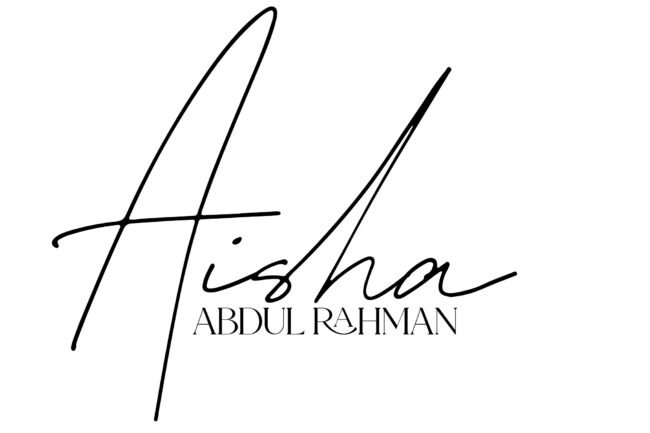
13 Feb Content Creation for Digital Curation in Museums
In the digital era, museums are not only guardians of physical artifacts but also stewards of digital content that helps interpret and preserve cultural heritage. Content creation for digital curation plays a pivotal role in enhancing the accessibility and understanding of museum collections. It involves the meticulous process of describing artifacts, structuring metadata, and weaving narratives that illuminate the historical and cultural significance of each object.
Describing Artifacts: Capturing the Essence At the heart of content creation for digital curation lies the task of describing artifacts with precision and depth. Each artifact tells a story—a narrative of its origin, purpose, and journey through time. Curators and researchers delve into archives, conduct fieldwork, and collaborate with experts to uncover the rich tapestry of information surrounding each object. From dimensions and materials to provenance and cultural context, every detail is meticulously documented to provide a comprehensive understanding of the artifact.
Administrative Structure and Metadata Work Behind the scenes, a well-defined administrative structure supports the process of content creation for digital curation. Museum professionals collaborate across departments to streamline workflows, establish metadata standards, and ensure data integrity. Metadata, the backbone of digital collections, provides essential information about each artifact, facilitating search, retrieval, and interpretation. Through systematic cataloging and classification, metadata work lays the groundwork for effective digital curation, enabling researchers to navigate vast collections with ease.
Unveiling Stories: Bridging Past and Present Content creation for digital curation is more than just cataloging—it is about storytelling. Through curated narratives, museums bridge the gap between past and present, inviting audiences to explore diverse perspectives and cultural traditions. Rich multimedia content, including videos, audio recordings, and interactive exhibits, breathes life into static artifacts, fostering immersive experiences that resonate with visitors. By contextualizing artifacts within broader historical and social frameworks, museums empower researchers to unravel the complexities of human history and heritage.
In conclusion, content creation for digital curation is a multifaceted endeavor that combines meticulous research, administrative rigor, and creative storytelling. By embracing the challenges and opportunities of the digital age, museums can enrich the cultural landscape, foster scholarly inquiry, and inspire future generations to cherish and preserve our shared heritage.



